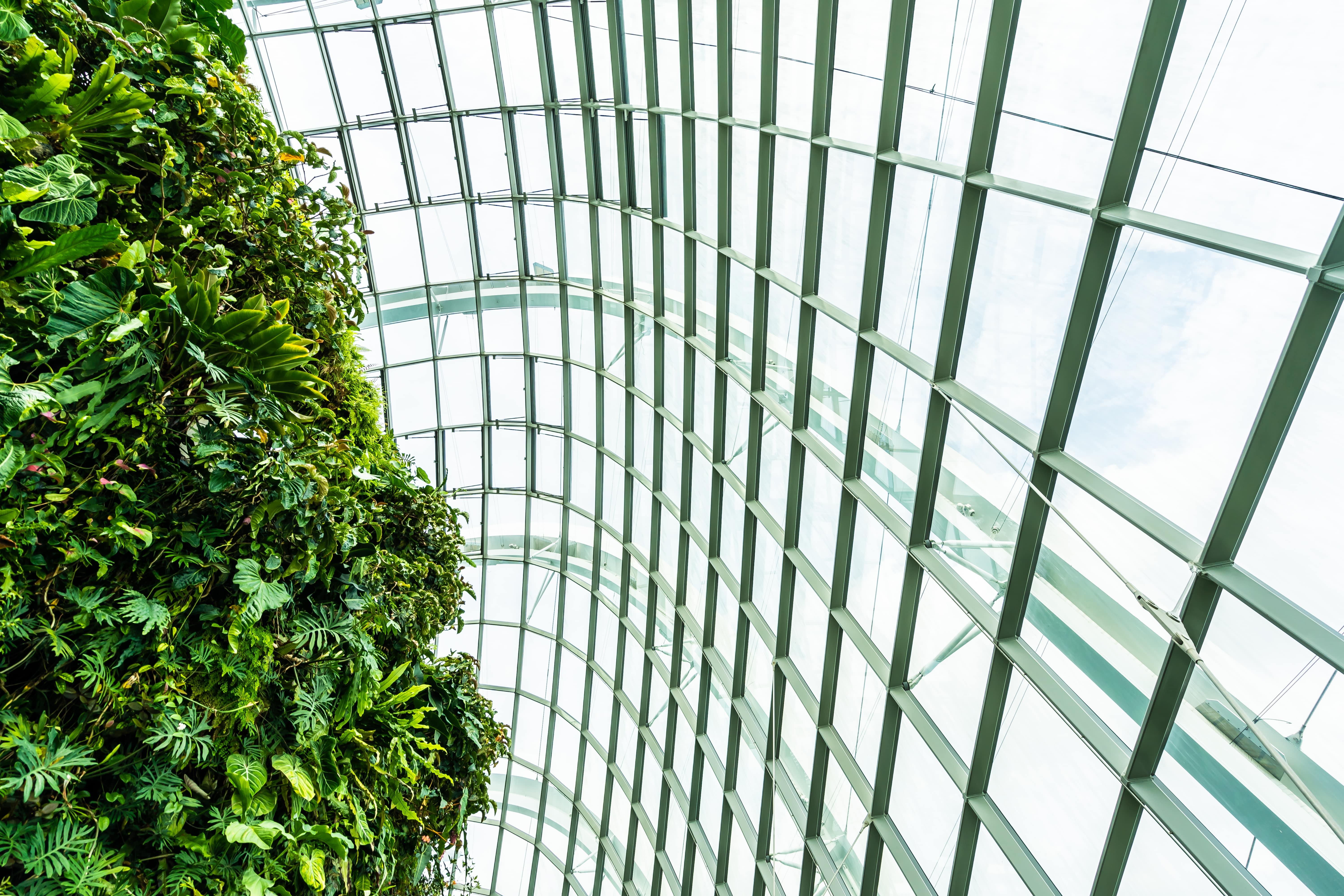Why Sustainable Design is the Future for Mumbai Architects

Mumbai is one of the most densely populated cities in the world facing immense challenges due to rapid urbanization, pollution, and climate change. architects are faced with the task of creating spaces that are not only functional and aesthetically pleasing but also environmentally sustainable. The future of architects in Mumbai lies in adopting sustainable design practices to tackle these challenges.
In the coming years architecture firms in Mumbai adopting sustainable practices that will play an important role in shaping the city’s future With a growing emphasis on eco-friendly solutions, these firms must integrate sustainability into every aspect of design, from material selection to energy efficiency and waste management.
Understanding the Need for Sustainability in Mumbai’s Architecture
Mumbai is a city known for its vibrant energy, towering skyscrapers, and dense population. However, it’s also a city grappling with a wide range of environmental concerns. Pollution, inefficient energy usage, poor waste management, and the constant depletion of green spaces are challenging that the architectural community cannot ignore.
Sustainable design is an approach that seeks to reduce the negative environmental impact of buildings by adopting strategies that enhance energy efficiency, use renewable resources, and minimize waste. In a city like Mumbai sustainable architecture is crucial, as it helps to mitigate the long-term effects of climate change while promoting healthier living environments. Architecture firms in Mumbai are increasingly prioritizing sustainable practices to respond to these needs, creating spaces that are not only aesthetically pleasing but also environmentally responsible.
Key Principles of Sustainable Design
To fully understand why sustainable design is the future, we must first understand the principles that guide it. Architecture firms in Mumbai are increasingly embracing these principles to create buildings that meet the city's modern needs without compromising future generations' ability to do the same.
1. Energy Efficiency
One of the primary goals of sustainable design is to reduce energy consumption. This can be achieved through better insulation, energy-efficient lighting, and the use of solar panels or other renewable energy sources. Mumbai, with its tropical climate, is ideally suited for buildings that rely on natural light and ventilation, reducing the need for artificial energy sources.
2. Water Conservation
Water scarcity is a growing concern in Mumbai. Architects can help alleviate this issue by designing buildings that collect and recycle water, using rainwater harvesting systems and water-efficient fixtures. In addition, green landscaping techniques can help to absorb water and prevent urban flooding, which is becoming more frequent due to climate change.
3. Material Selection
The materials used in construction have a significant environmental impact. Sustainable architecture promotes the use of locally sourced, renewable, and recyclable materials, reducing the carbon footprint of the building process. By choosing materials with lower embodied energy, architects in Mumbai can create buildings that are both durable and eco-friendly.
4. Waste Reduction
Sustainable buildings are designed to minimize waste, both during construction and throughout the building’s life cycle. This can be achieved through modular construction techniques, which reduce material waste, and by designing for flexibility, allowing spaces to be repurposed as needs change.
5. Green Spaces
Mumbai’s dense urban fabric leaves little room for greenery, but sustainable design incorporates green spaces wherever possible. Rooftop gardens, vertical gardens, and urban forests not only improve air quality but also provide residents with spaces for recreation and relaxation, contributing to their overall well-being.
The Economic Benefits
While the environmental benefits of sustainable architecture are clear, there are also significant economic advantages. Sustainable buildings often have lower operational costs due to their energy-efficient designs. They use less water, consume less energy, and require fewer repairs, making them more cost-effective in the long run. For developers, sustainable buildings also have a higher resale value and attract eco-conscious buyers.
The best architecture firm in Mumbai will recognize that sustainability is not just a trend but a long-term investment in the future of the city. As Mumbai’s residents become more environmentally aware, demand for sustainable homes and offices will only increase. Residential architecture that prioritizes sustainability offers healthier living conditions, which in turn increases the building's desirability.
Challenges in Implementing Sustainable Design
Despite the clear benefits, implementing sustainable design in Mumbai is not without its challenges. High initial costs, a lack of awareness among some developers, and the need for skilled professionals in sustainable design are all barriers that need to be addressed. However, architecture firms in Mumbai that invest in sustainable design today will be well-positioned to reap the rewards in the future. As building codes evolve and consumers become more environmentally conscious, sustainable design will become the norm rather than the exception.
Conclusion
As Mumbai continues to grow and face the challenges of rapid urbanization, the need for sustainable architecture becomes more urgent. Architects in Mumbai are at the forefront of this movement, integrating environmentally conscious design practices that not only address current environmental challenges but also safeguard the city’s future. The best architects in Mumbai understands that sustainable design is no longer a niche market but the future of architecture. By focusing on energy efficiency, water conservation, material selection, and green spaces, these firms are leading the way in creating a more sustainable, resilient Mumbai.
- Art
- Causes
- Crafts
- Dance
- Drinks
- Film
- Fitness
- Food
- Games
- Gardening
- Health
- Home
- Literature
- Music
- Networking
- Other
- Party
- Religion
- Shopping
- Sports
- Theater
- Wellness
- IT, Cloud, Software and Technology


